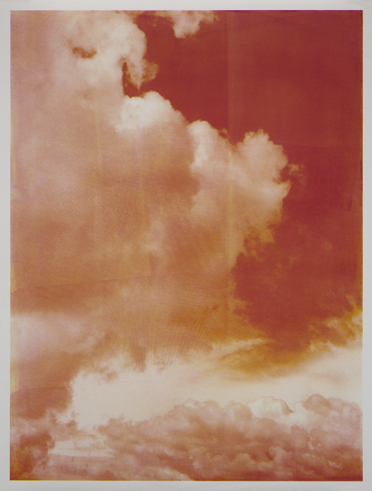Press information
Shirana Shahbazi
Group Show
Infos
Opening
11.3.2016, 8 pm
within the frame of CMRK
Duration
12.3. – 22.5.2016
Opening hours
Tue–Sun 10 am – 5 pm
Shuttle to the opening Vienna – Graz
– Vienna
Departure Vienna: 11.3.2016,
3 pm, bus stop Opera, bus 59 a
Departure Graz: 11.3.2016,
11:30 pm, < rotor >, Volksgarten
cmrk.org
Press downloads

Press Information
Camera Austria is presenting the first solo exhibition in Austria by the artist Shirana Shahbazi. She has selected photographs from recent years and arranged them in such a way that the development of her artistic practice becomes visible, along with references among her photographic series. Her body of work includes both boldly coloured and black-and-white photographs, abstract compositions from the studio, and snapshots taken during her travels. Shahbazi explores the relationships between pictures, their surfaces, and their objectness, as well as questions of representation and the iconic quality of pictorial media.
On occasion of the exhibition “Group Show” at Camera Austria Shahbazi’s new publication teheran north is published by JRP Ringier.
Shahbazi was born 1974 in Teheran. She studied at the University of Applied Sciences and Arts in Dortmund and the University of Design and Art (FHNW) in Zurich. Today the artist lives and works in Switzerland. Her works are found in international collections, such as at the Museum of Modern Art in New York, and she has participated in many exhibitions, including the Venice Biennale, the Barbican Art Centre in London, and the Sprengel Museum in Hanover.
One Picture within the Other (excerpt)
Reinhard Braun
The still life of three pears, a landscape, a cat, vases of flowers, palm trees, a cityscape, a butterfly, abstract geometric forms, a monstera palm, in black-and-white, in colour, Maryam shrouded in the wind. Snapshots of a road trip from Zurich to Tehran are seen next to still lifes, portraits, poster prints, large-format paintings, and seemingly abstract multiple exposures. For the exhibition at Camera Austria, Shirana Shahbazi went through her archive and brought her works of the past fifteen years into correlation—into a context that, at first glance, cannot be grasped, one that appears to consist of contradictions, leaps, and fissures. This is how the exhibition title basically made itself known: “Group Show”—a group exhibition with her self.
The diversity of the exhibition seems as if dominated by a principle of translation, though the translation into photography goes hand in hand with a translation of the photographic into the painterly, which in turn is associated with a photographic image. The photographic facet of the exhibition corresponds with the non-photographic aspect: documentary, double exposures, two-tone lithographs, painting, prints—various things meet in a variety of pictorial forms and offer mutual commentary on their respectively different claims to re-presentation, to presence and performance. The pictorial arises in various manifestations with its respective specific qualities.
Yet here the visual regime of photography emerges as the dominant “space” (or the dominating medium) in which Shahbazi conceptualised these different performative pictorial forms, where landscapes, occurrences, ephemeral senses of perception, and the compiled interrelating still lifes are given a certain order. Yet it can be asserted for good reason—a reason that appears to be confirmed by this exhibition—that this order is not a homogeneous, levelling one. It remains, if conceivable at all, a fragile, precarious, perilled order, for the pictures themselves, which gather in the photographic realm in a peculiar way, pull apart and multiply perpetually. “There is no image, there are only images. And there is a certain form of assembling images: as soon as there are two, there are three” [Jean-Luc Godard]. Such an intertwining of images fosters this specific concatenation of knowledge, technology, history, and perception, which almost no other medium besides photography can similarly accommodate. Film and video are literally too fast for this process—it is the halting quality of photography that imbues ephemeral phenomena like stagings with thought, which would otherwise elude the phenomena.
Apparent in Shahbazi’s series is this halting quality of photography, serving as a foundation for its congruence with thought, with the production of narrative, history, and knowledge, which is not primarily related to its aesthetic or visual “nature”. Instead, it is found in this moment of apprehending something, of the “cut of the referent”, as Christian Metz—significantly, a notable film theorist—has called it; a cut as a means of arresting the visible, giving the pictures time to emerge, giving them time to enter into a relationship with that which they render and with the way in which they do so. And this moment of apprehending something, an act of appropriation, as it were, generated by photography, allows us to investigate what plays out at the junctions between these pictures, how one picture extends into the other. It allows us to reflect on a montage that constellates photographs which might otherwise not be associated because such a combination may not seem appropriate. So we really must ask: Do these seemingly disparate pictures actually gain in terms of narrative, history, politics, and even beauty “when they coalesce”? [Georges Didi-Huberman]
Herein may lie the idea for this exhibition, which is not curated and enmeshes even the curator in explorative questioning: understanding the space or the surface of photography—in and on which there have always been three images, as soon as there are only two—as an approach to and a practice with pictures. It is here that differences can be made visible by interassociating things/images or effectuating similarities that elude a kind of paralleling. Not one picture and/or the other. One picture within the other.
Images
Publication is permitted exclusively in the context of announcements and reviews related to the exhibition and publication. Please avoid any cropping of the images. Credits to be downloaded from the corresponding link.

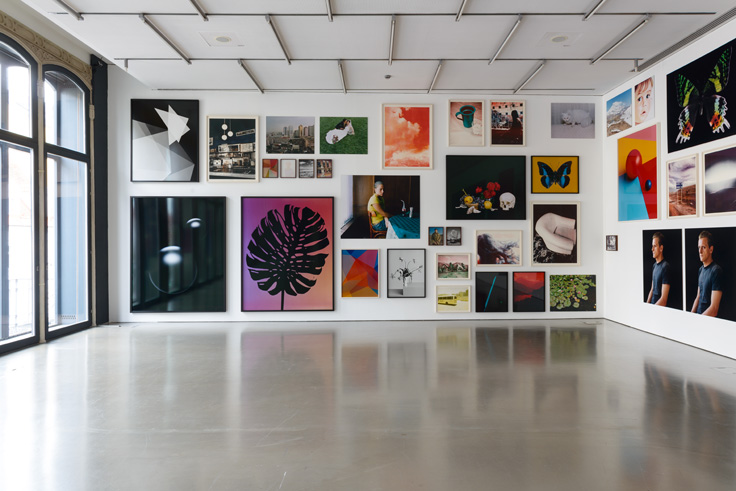
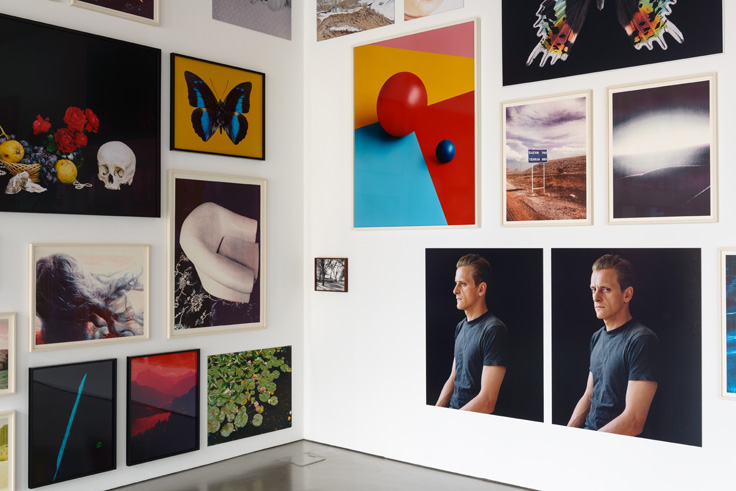
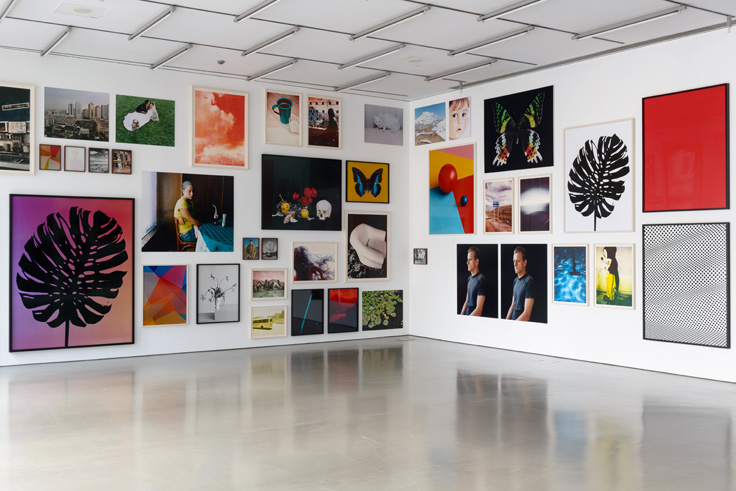
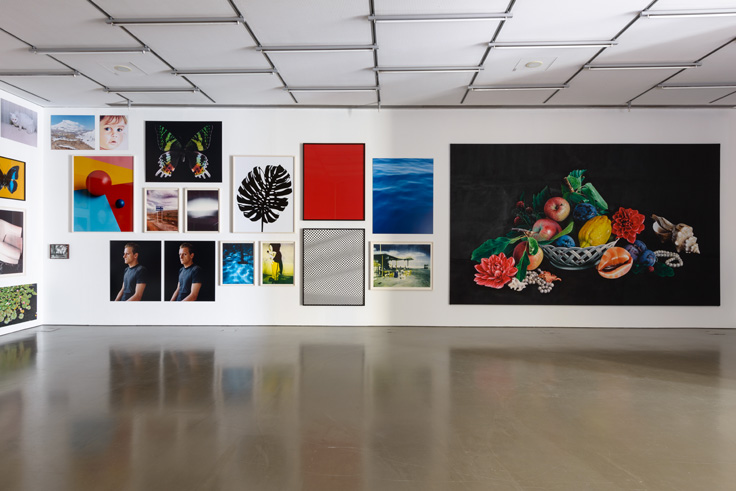
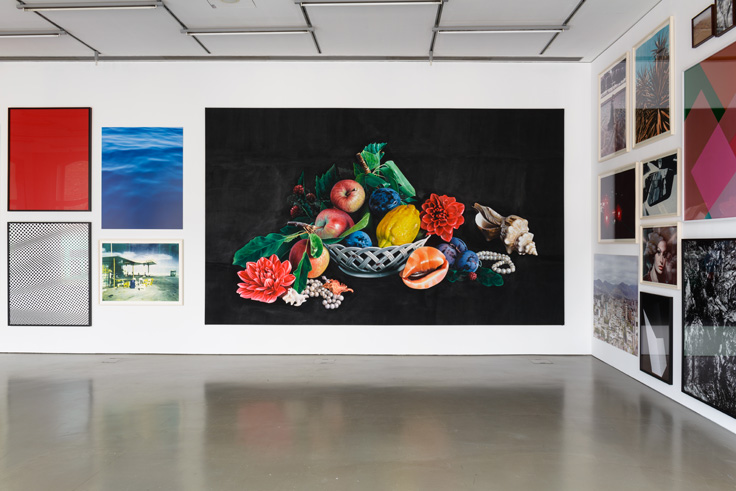
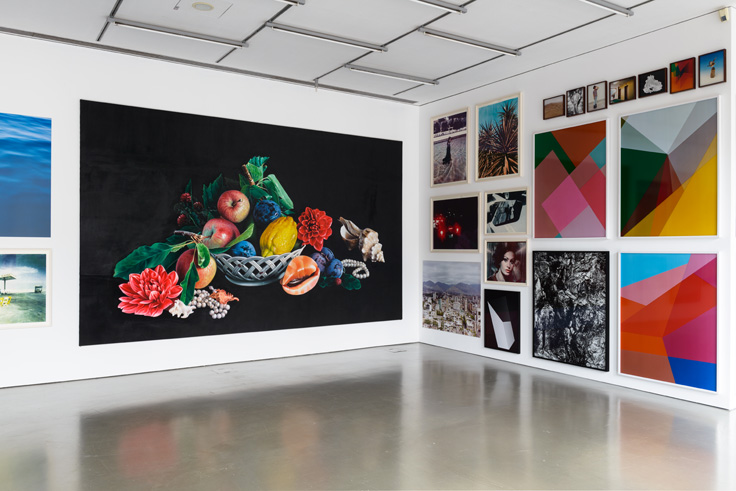
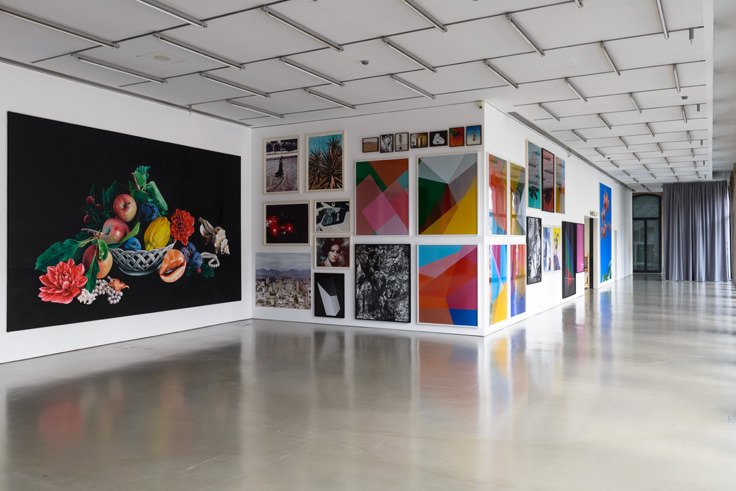
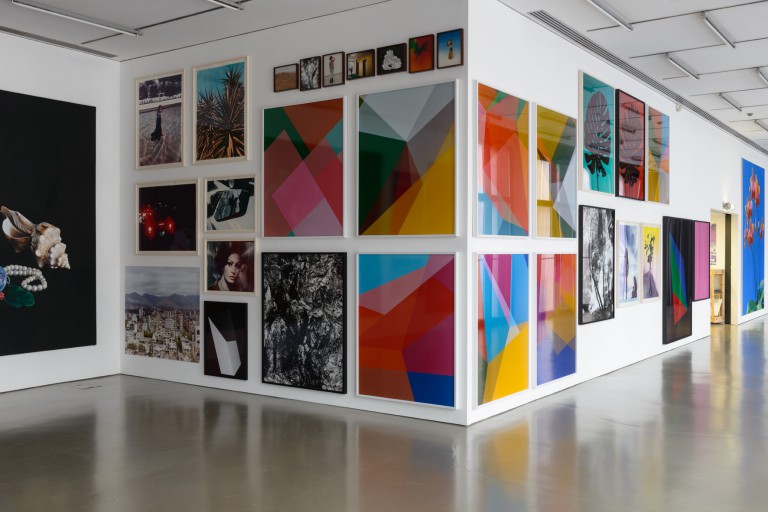
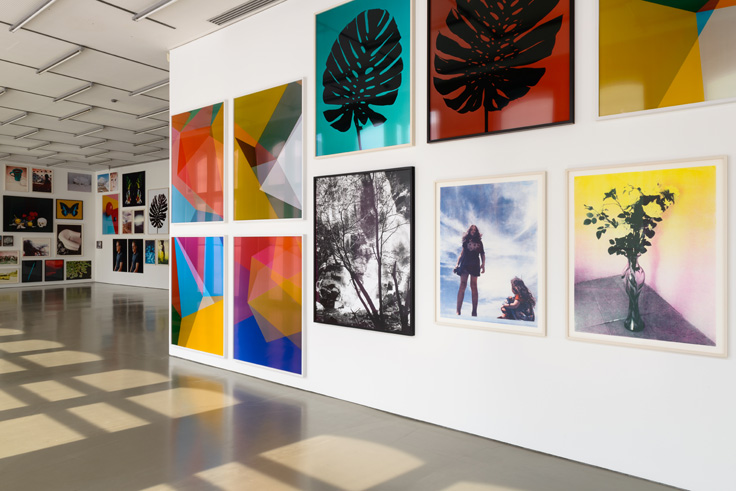
![Shirana Shahbazi, [Aroosi-01-2000], from the series: Goftare Nik, 2000.](https://camera-austria.at/wp-content/uploads/2016/02/ca-ausstellung-shahbazi-aroosi1.jpg)
![Shirana Shahbazi, [Frucht-03-2007], from the series: Flowers, Fruits & Portraits, 2007.](https://camera-austria.at/wp-content/uploads/2016/02/ca-ausstellung-shahbazi-frucht-03-20071.jpg)
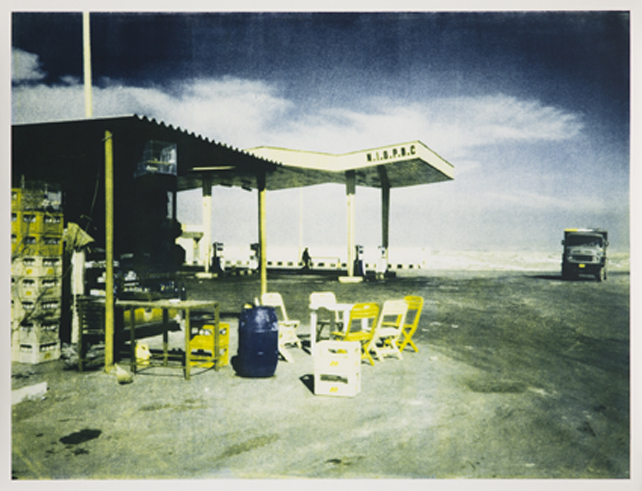
![Shirana Shahbazi, [Komposition-67-2013], 2013.](https://camera-austria.at/wp-content/uploads/2016/02/ca-ausstellung-shahbazi-komposition-67-20131.jpg)
![Shirana Shahbazi, [Komposition-77-2013], 2013.](https://camera-austria.at/wp-content/uploads/2016/02/ca-presse-shahbazi-komposition-77-20131-409x512.jpg)
![Shirana Shahbazi, [Manzareh-02-2000], from the series: Goftare Nik, 2000.](https://camera-austria.at/wp-content/uploads/2016/02/ca-ausstellung-shahbazi-manzareh1.jpg)
![Shirana Shahbazi, [Maryam-01-1999], from the series: Goftare Nik, 1999.](https://camera-austria.at/wp-content/uploads/2016/02/ca-ausstellung-shahbazi-maryam1.jpg)
![Shirana Shahbazi, [Schmetterling-08-2007], from the series: Flowers, Fruits & Portraits, 2007.](https://camera-austria.at/wp-content/uploads/2016/02/ca-ausstellung-shahbazi-schmetterling1.jpg)
![Shirana Shahbazi, [Stilleben–19–2007], from the series: Flowers, Fruits & Portraits, 2007.](https://camera-austria.at/wp-content/uploads/2016/02/ca-ausstellung-shahbazi-stillleben1.jpg)
![Shirana Shahbazi, [Tulpe-01-2009], from the series: Flowers, Fruits & Portraits, 2009.](https://camera-austria.at/wp-content/uploads/2016/02/ca-ausstellung-shahbazi-tulpe1.jpg)
